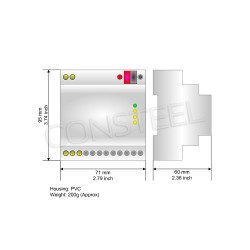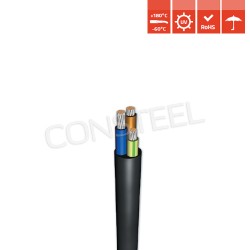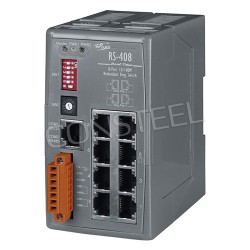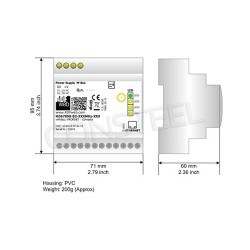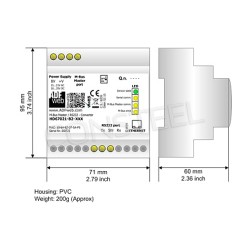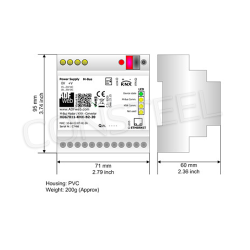Features of monitors used in operating rooms
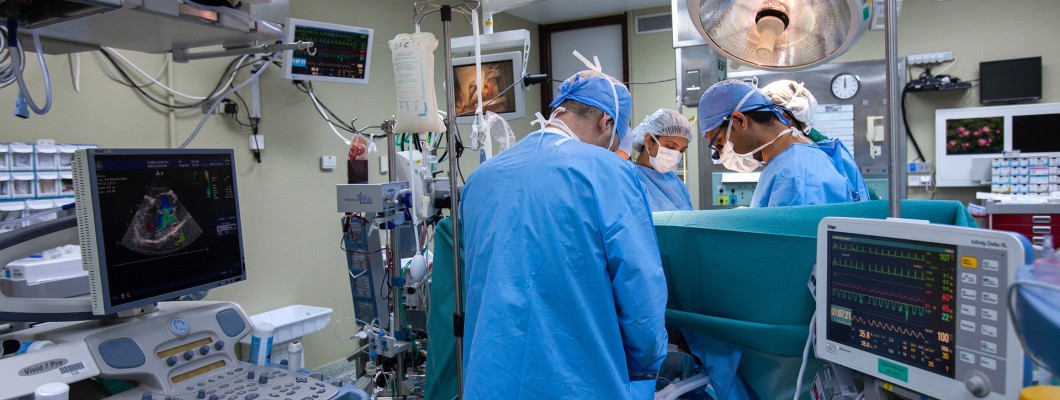
In modern operating rooms, technology plays a key role in streamlining surgical procedures and improving patient outcomes. One of the key elements of this technological integration is the high-quality monitor systems used to visualize medical images, diagnostic data and surgical procedures in real time. These monitors are designed to meet the rigorous demands of the operating room environment, providing precision, clarity and reliability during surgical procedures.
Key features of operating room monitors
Medical-grade display:
Operation room monitors are equipped with medical-grade displays that meet strict regulatory standards. These monitors are compliant with certifications such as DICOM (Digital Imaging and Communications in Medicine) to ensure accurate reproduction of medical images, enabling surgeons to make informed decisions during procedures.
High resolution:
High-resolution displays are crucial for visualizing intricate details such as anatomical structures and diagnostic images. Monitors in operating rooms typically have resolutions ranging from Full HD (1080p) to 4K, providing sharp and detailed images for precision surgery.
Brightness and contrast control:
The monitors are designed to maintain optimal levels of brightness and contrast, allowing doctors to view images clearly even in the presence of ambient lighting in the operating room. Adjustable settings ensure that the display can be tailored to the specific lighting conditions of each surgical procedure.
Sterilization and infection control:
Operating room monitors are built with materials that make them easy to clean and sterilize. They often have sealed front panels and smooth surfaces that prevent the accumulation of dust and liquids, minimizing the risk of transmission of infection. They can be cleaned with special disinfectants and the front panel can be washed with water without fear of flooding.
Wide viewing angle:
Doctors and medical staff require good visibility of the monitor from different angles in the operating room or office. Monitors with wide viewing angles ensure that the information displayed remains visible and accurate, regardless of the viewer's position.
Integration capabilities:
Monitors in operating rooms or medical facilities are designed to integrate seamlessly with various medical imaging and other medical equipment. They are often equipped with multiple input ports, such as HDMI, USB and DVI, for easy connectivity to imaging equipment such as endoscopes, laparoscopes and fluoroscopy devices.
Touchscreen technology:
Some advanced operating room monitors are equipped with touch screens, allowing surgeons to interact directly with the displayed information. This can streamline the surgical process, eliminating the need for additional input devices.
Durability and reliability:
Monitors for operating rooms and medical centers are built to withstand the hardships of the medical environment. They are often shockproof and designed to perform consistently under continuous use during long procedures.
Integration of advanced monitors in operating rooms has contributed significantly to the development of surgical practices. Equipped with medical-grade displays, high resolutions and specialized features, these monitors provide surgeons with the tools they need to accurately visualize and make decisions during complex procedures. As technology continues to evolve, we can expect to see further improvements in monitor features that will help improve patient care and surgical outcomes.














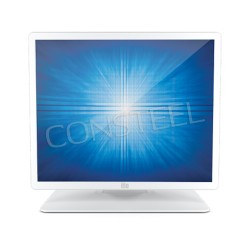

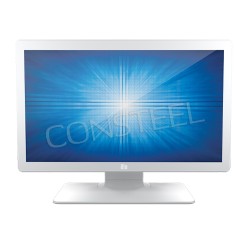














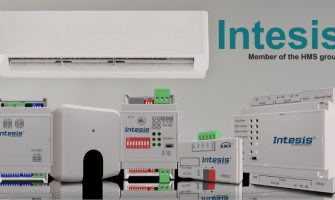
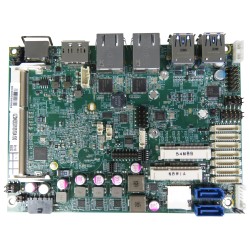

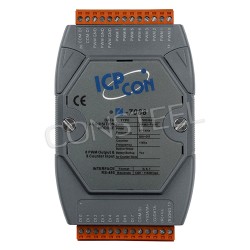
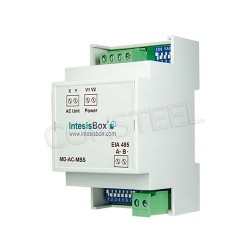
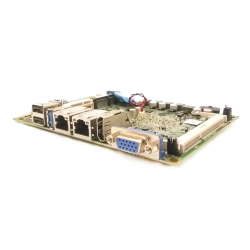
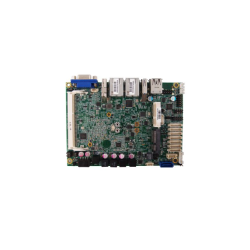
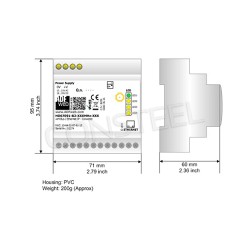


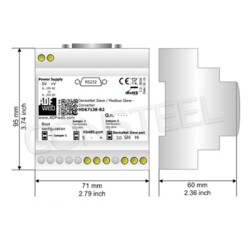
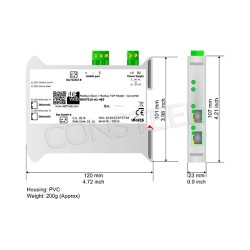

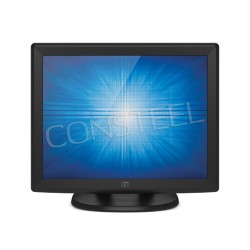
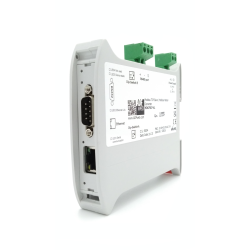
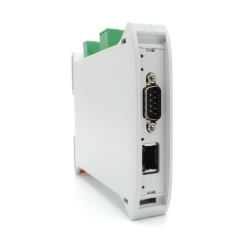
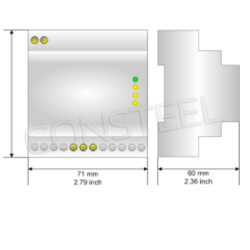
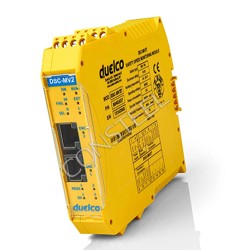
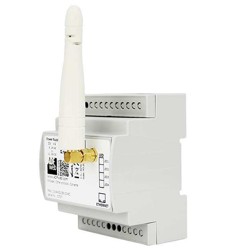
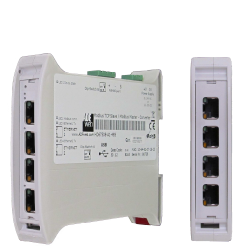

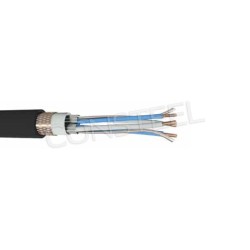
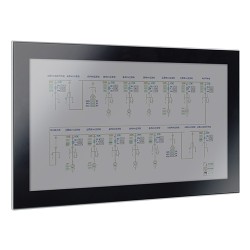
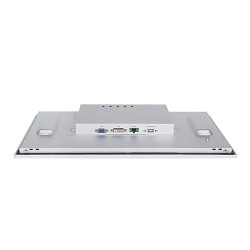
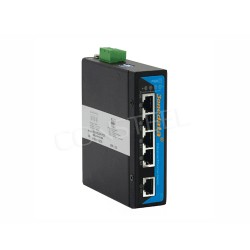
-DB-P(12-48VDC)-250x250.jpg)
